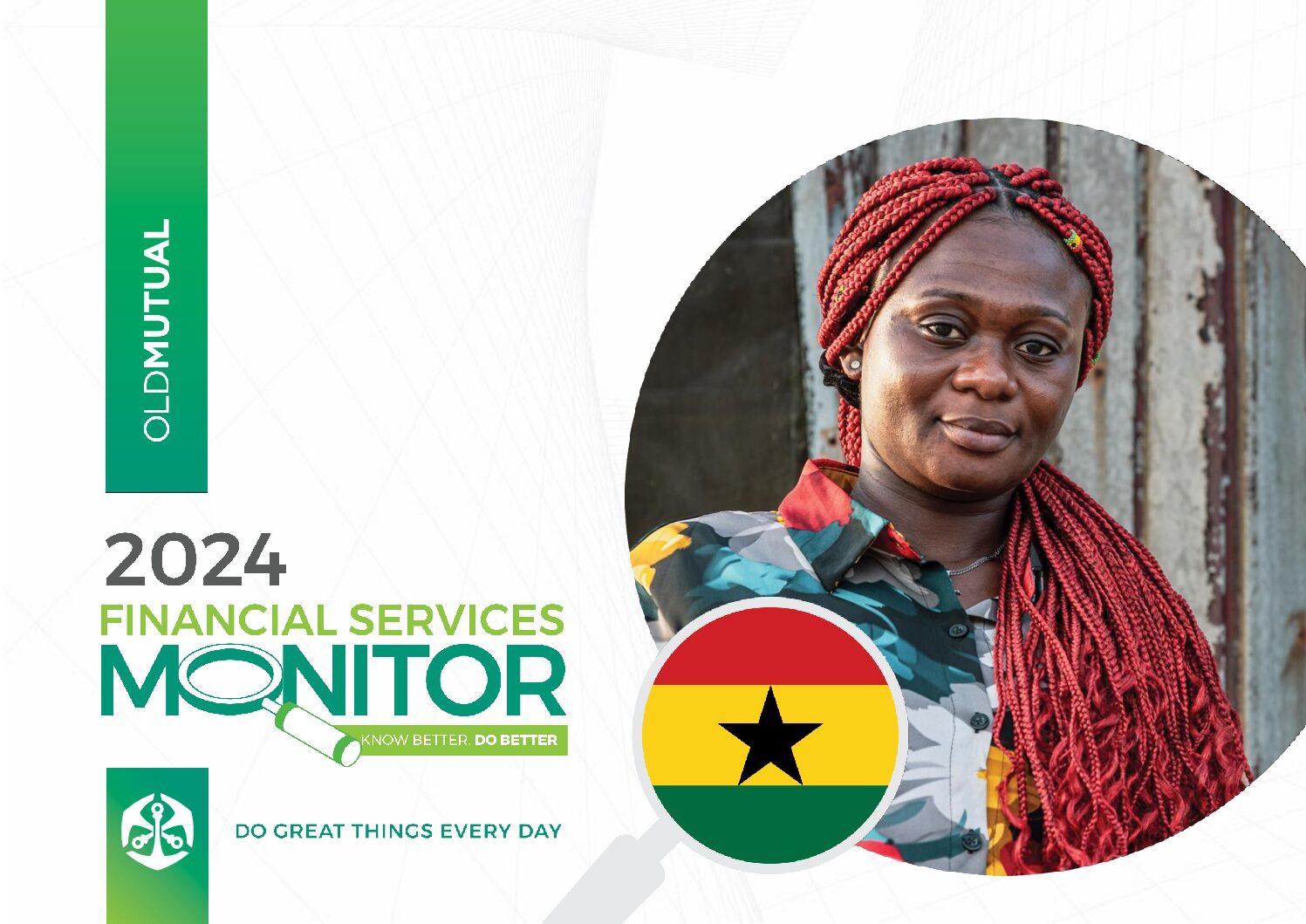Public Health and Disasters: Health Emergency and Disaster Risk Management in Asia
By Emily Ying Yang Chan, Rajib Shaw
This book presents the health emergency and disaster risk management (H-EDRM) research landscape, with examples from Asia. In recent years, the intersection of health and disaster risk reduction (DRR) has emerged as an important interdisciplinary field. In several landmark UN agreements adopted in 2015–2016, including the Sendai Framework for Disaster Risk Reduction 2015–2030, the 2030 Sustainable Development Goals (SDGs), the Paris climate agreement, and the New Urban Agenda (Habitat III), health is acknowledged as an inevitable outcome and a natural goal of disaster risk reduction, and the cross-over of the two fields is essential for the successful implementation of the Sendai Framework. H-EDRM has emerged as an umbrella field that encompasses emergency and disaster medicine, DRR, humanitarian response, community health resilience, and health system resilience. However, this fragmented, nascent field has yet to be developed into a coherent discipline. Key challenges include redundant research, lack of a strategic research agenda, limited development of multisectoral and interdisciplinary approaches, deficiencies in the science–policy–practice nexus, absence of standardized terminology, and insufficient coordination among stakeholders. This book provides a timely and invaluable resource for undergraduate and postgraduate students, researchers, scholars, and frontline practitioners as well as policymakers from across the component domains of H-EDRM.
Get the book here










